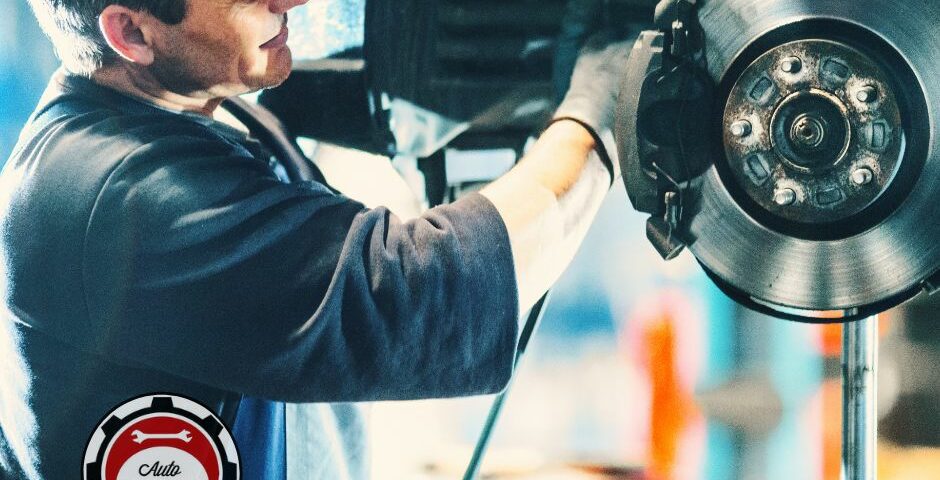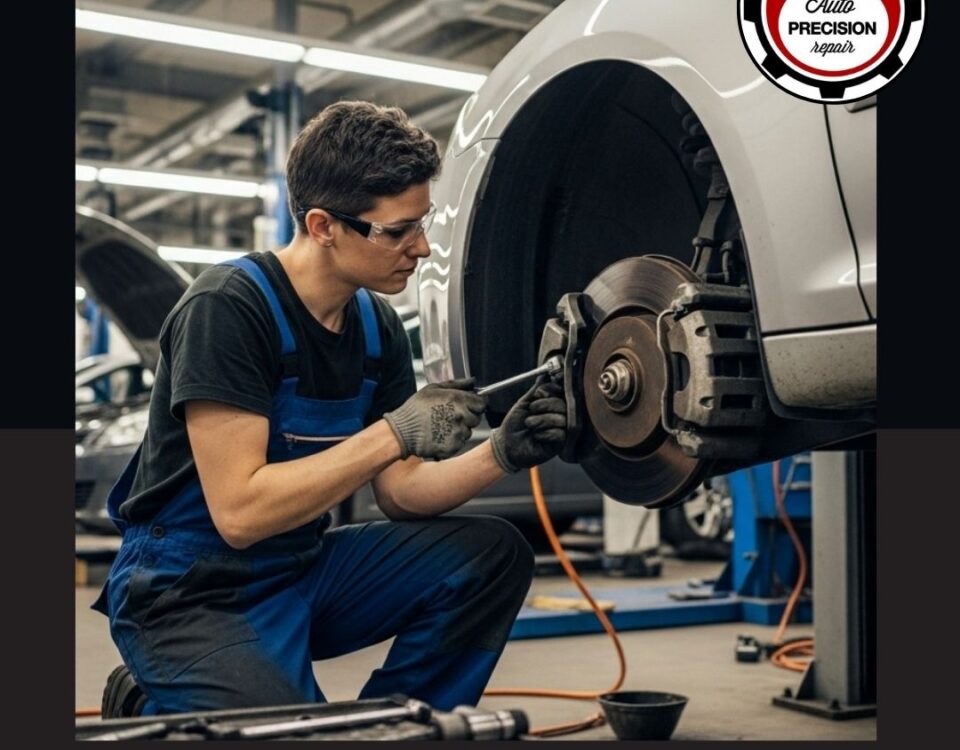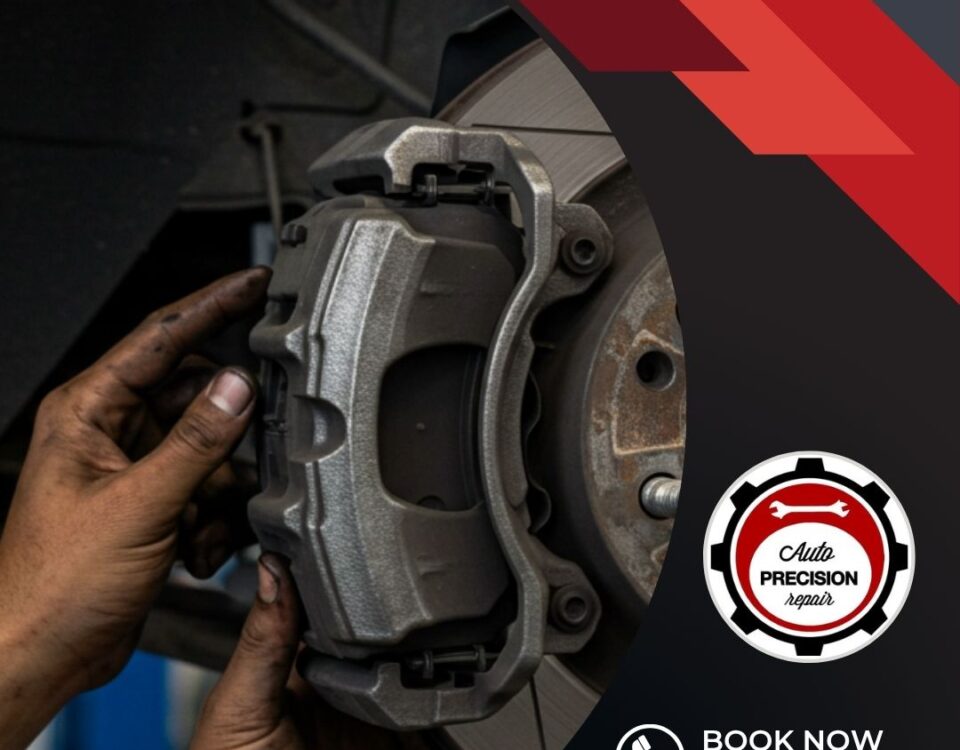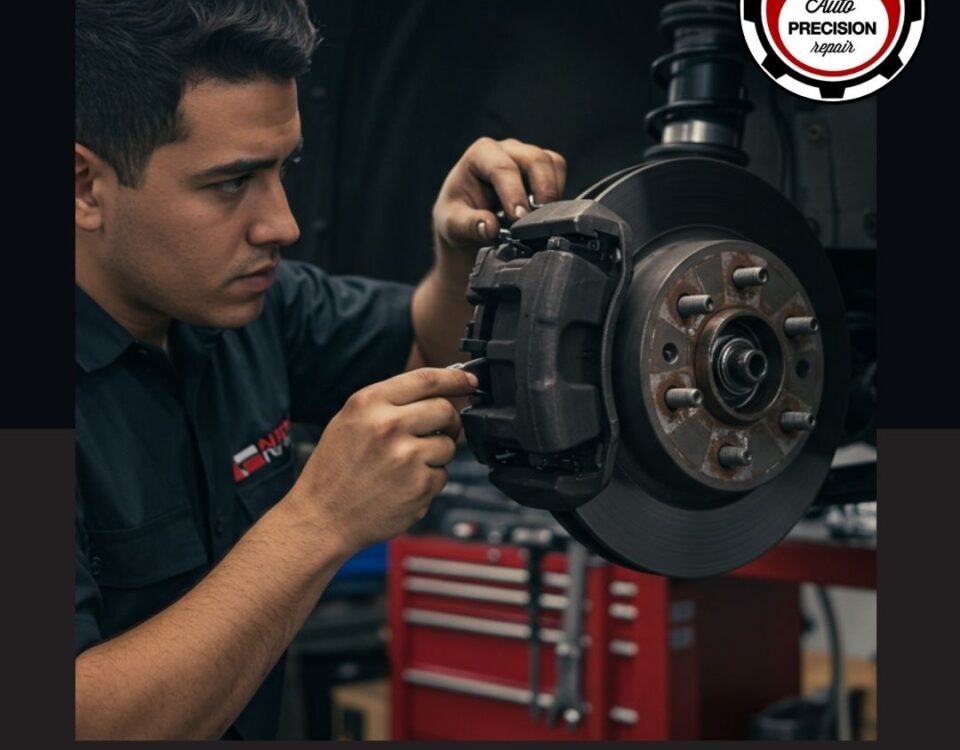
The Importance Of Vehicle Inspections
March 16, 2023
Signs Telling Your Car Might Need A Brake Repair
March 22, 2023Two types of brakes are commonly used in cars: drum and disc brakes. These brakes apply pressure to part of the wheel assembly, which slows down or stops the wheels from moving. The goal has always been to find the most effective way to stop vehicles, and there have been many improvements made to braking technology over time.
A drum brake is a device in the shape of, you guessed it, a drum. It contains brake pads that expand and press against the sides of the drums to generate friction, and slow down or stop movement. Unfortunately, heat is a common consequence of friction. So if you use your brakes often, they can get pretty hot.
The Difference Between Disc and Drum Brakes
Disc brakes are similar to drum brakes, but with one key difference: The pads pinch a rotating disk that is part of the wheel assembly. Like drum brakes, this generates friction which can cause heat. Band brakes have pads that contract around the outside of the drum. So both types of car brake systems rely on applying force to create friction and impeding movement, but where they apply this differs (disc vs. drums).
Unexpected issues are bound to pop up when you’re driving, whether it’s a pothole in the road or another car creeping into your lane. In these moments, brakes become one of the most important parts of keeping your vehicle running safely. Being able to stop on a dime could mean avoiding an accident altogether.
Over time, using your car’s brakes regularly will cause some wear and tear to the braking system, which can make it less effective and therefore less safe. Because of this, all drivers must know what they can do to help improve the safety and condition of their brakes so that they are always working properly and avoid brake repairs
Avoid Overloading the Car: When your car has heavy luggage, the brakes have to work harder and aren’t as effective. Overloading your car shortens the lifespan of your brakes and makes them less safe. Keep your vehicle lightweight by only carrying items you need in the car, this will lighten the load on both yourself and your brake pads.
Avoid Using the Accelerator and the Brake Together: Although it may be tempting to press on the brakes and accelerator at the same time when driving down a hill, doing so can be very dangerous. When you brake ride or put pressure on both pedals, your car’s brake lights will turn on but it will still speed up; this puts you and other drivers at risk. It’s best to use only one foot for each pedal – that way, you won’t accidentally press them both at the same time. Slowing your car by changing gears or pressing the brakes lightly instead of using the accelerator is more effective, and you can let gravity do the work.
With time and use, parts of your car’s braking system will become more worn, no matter how well you take care of it. That’s why professional brake tests and checks are important to determine when these parts need replacing. For example, very warn-down brake pads can be extremely dangerous while driving; they might not stop your car as quickly as usual if you have to slam on the brakes, which increases the chance of an accident.
If your car is equipped with a dashboard warning light for close brake pad wear, take heed of the message and get them replaced as soon as possible.
If you are unsure of the current condition of your brakes, or if you might need brake repair, take your car to an auto shop and have a specialist look into them.





